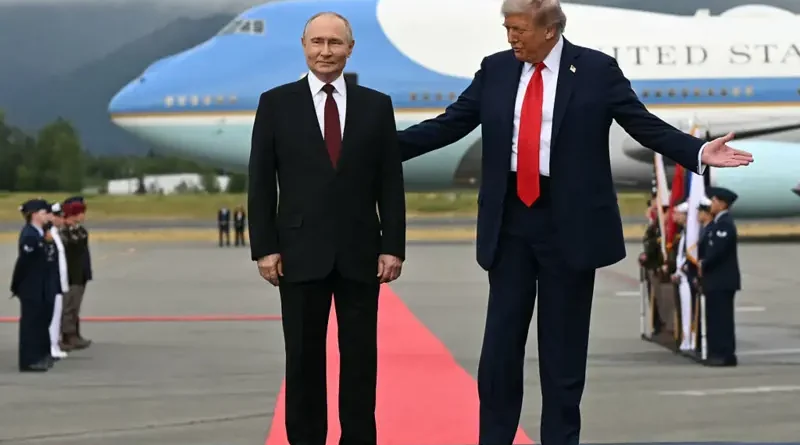Trump’s Very Different Welcome for Putin vs. Zelensky
The world watched in astonishment as Trump and Putin shared smiles inside the presidential limousine “The Beast,” marking a stark contrast to Ukrainian President Volodymyr Zelensky’s tense White House visit earlier this year. This striking difference in treatment speaks volumes about the current geopolitical landscape and Trump’s diplomatic priorities.
When Zelensky visited Washington in February, he endured what observers called a “diplomatic ambush” – facing tough questioning and public pressure from Trump about Ukraine’s military progress and domestic politics. The Ukrainian leader appeared visibly uncomfortable during what should have been a routine show of solidarity between allies. Fast forward to today, and the scene couldn’t be more different for Putin. The Russian president beamed as he settled into the plush seats of the presidential vehicle, enjoying the kind of warm reception Zelensky was denied.
This glaring disparity in treatment carries profound symbolic weight. For Putin, simply arriving on American soil and being welcomed by the U.S. president represents a significant victory. After years as an international pariah following Russia’s invasion of Ukraine, this red carpet treatment helps normalize his standing on the world stage. The images of Trump and Putin chatting amiably in the presidential limousine will undoubtedly be broadcast worldwide, sending a powerful message about shifting geopolitical alliances.
Meanwhile, Zelensky – whose country continues to fight for its survival against Russian aggression – was subjected to what many viewed as humiliating treatment during his White House visit. Where Putin receives smiles and a luxury ride, Zelensky faced demands and criticism. This contrast becomes even more striking considering Ukraine’s status as a U.S. ally and Russia’s position as an adversary currently under international sanctions.
The body language tells its own story. While Zelensky appeared tense and defensive during his meeting, Trump and Putin displayed an ease that suggests mutual understanding, if not outright camaraderie. This comfortable dynamic between the American and Russian leaders raises important questions about the future of U.S. foreign policy priorities and its commitment to traditional allies.
As analysts dissect every moment of these contrasting visits, one thing becomes clear: in the world of diplomacy, symbols often speak louder than words. The warm welcome for Putin coupled with the chilly reception for Zelensky may signal a significant shift in how Washington views these two leaders and their respective nations. For Ukraine’s besieged president, the message appears particularly stark – while Russia’s leader enjoys presidential courtesies, America’s ally must justify its continued support.
Go To Main Page

